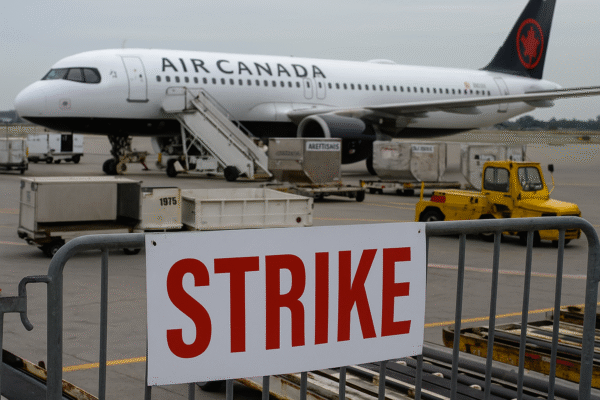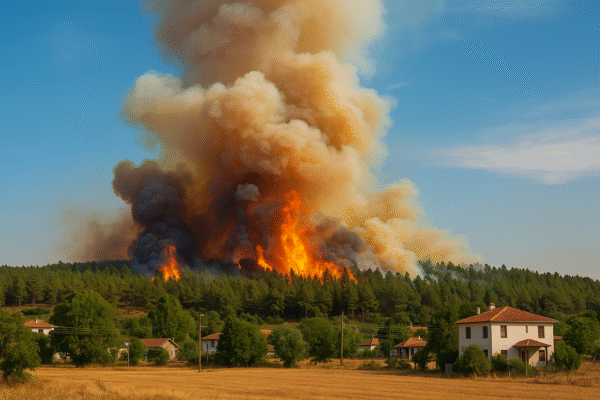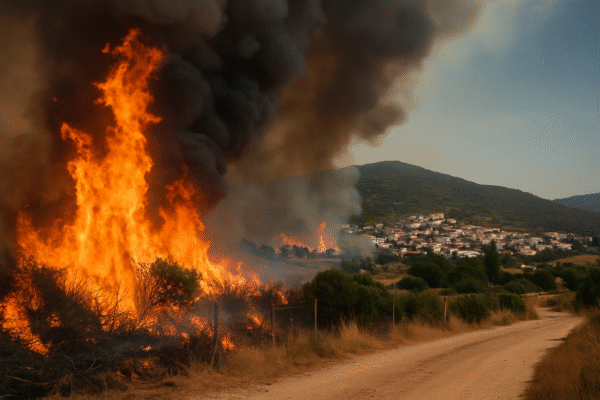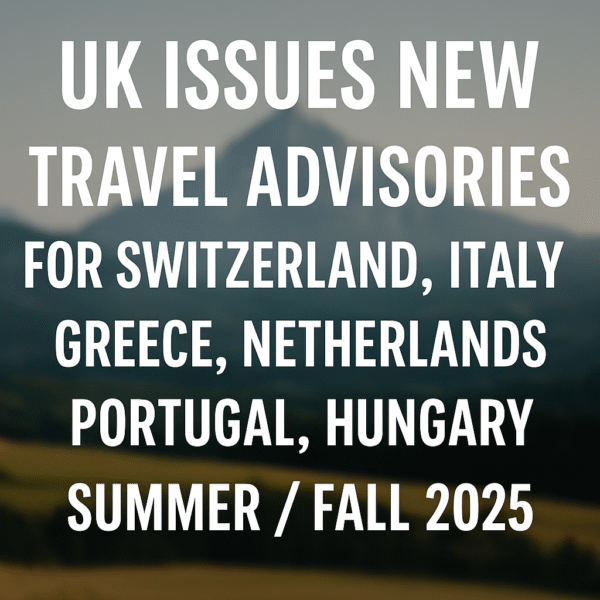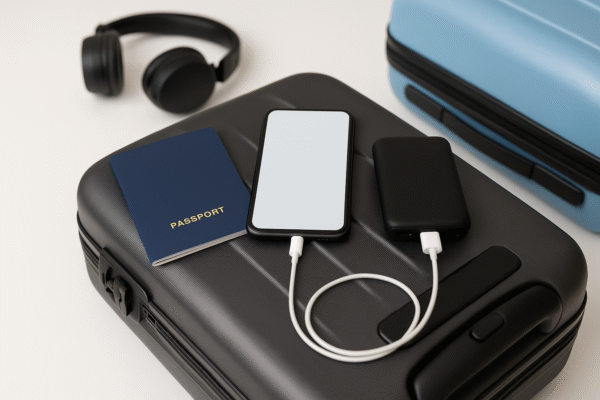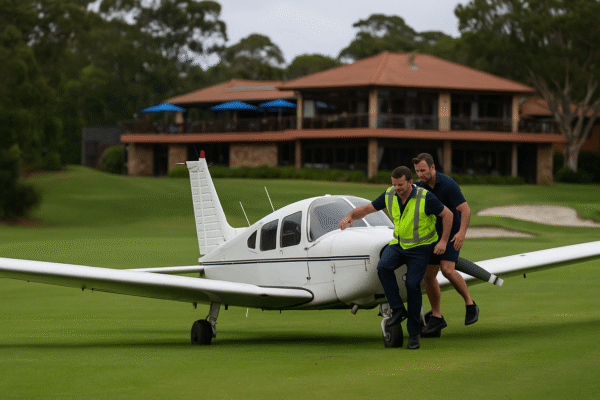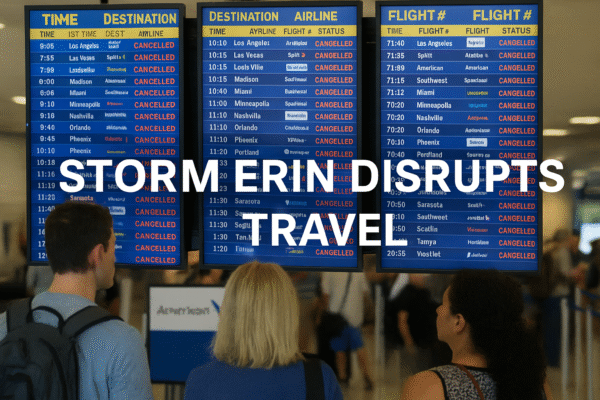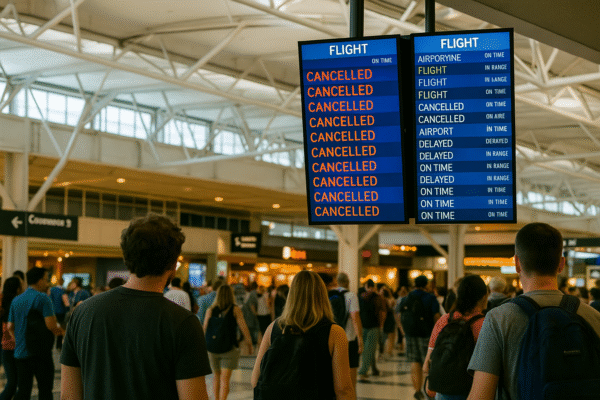Chicago, a major air transit hub in the United States, is experiencing severe travel disruptions at O’Hare International Airport (ORD), one of the busiest in the world. As of August 17, 2025, over 453 flight cancellations and numerous delays have been reported, primarily due to weather conditions, congested airspace, and logistical constraints. Meanwhile, Midway International Airport (MDW), located on the city’s southwest side, continues to operate without notable disruptions.
For both domestic and international travelers, this operational contrast presents an urgent need to reassess travel plans involving the Windy City.
Why O’Hare is Facing a Travel Bottleneck
O’Hare International Airport typically handles over 84 million passengers annually (FAA data). However, current conditions have overwhelmed its scheduling capabilities. According to real-time data average outbound delays at O’Hare are clocked at 26 minutes, with inbound delays averaging 48 minutes from origin airports—further compounding the congestion.
Weather-wise, partly cloudy skies and mild temperatures around 80°F (27°C) might not seem extreme, but intermittent wind gusts and air traffic stacking are requiring constant airspace adjustments. These factors, paired with equipment repositioning delays and flight crew rotations, have caused ripple effects that have stranded many passengers for hours.
O’Hare’s Ripple Effect Across U.S. Travel
Because O’Hare is a central hub for American Airlines and United Airlines, the delays are affecting connecting flights nationwide, impacting airports from New York and Dallas to Los Angeles and Seattle. For travelers with tight layovers or international connections, the disruption is particularly challenging.
The Federal Aviation Administration (FAA) and Chicago Department of Aviation have acknowledged the disruption, urging passengers to check real-time flight updates and avoid non-essential travel unless fully informed of their status.
Midway: The Unexpected Hero Amid the Chaos
In stark contrast to O’Hare, Chicago Midway Airport has maintained a near-perfect record for the day, with no major delays or cancellations reported. Despite experiencing stronger wind gusts, the airport’s smaller size, reduced air traffic, and different flight path positioning have allowed for a smoother operation.
Midway’s performance comes as a relief for domestic travelers, particularly those flying with Southwest Airlines, the airport’s primary carrier. According to weather data, current conditions at Midway include clear skies and 82°F (28°C), with winds not yet strong enough to disrupt outbound or inbound travel significantly.
What Travellers Should Do: Actionable Tips
If you’re traveling to or from Chicago today or this weekend, here’s how to navigate the disruption smartly:
- Check Flight Status Frequently: Use apps like FlightAware, airline apps, or airport websites (flychicago.com) for real-time updates.
- Arrive Early: With longer TSA lines and changing gate assignments, arriving at least 2.5 to 3 hours early is advised.
- Have a Backup Plan: If you’re scheduled to fly via O’Hare, consider rebooking through Midway or other nearby hubs like Milwaukee or Indianapolis.
- Purchase Travel Insurance: With an increase in weather-related issues and mechanical delays, having travel insurance with trip interruption coverage is more valuable than ever.
- Pack Essentials in Carry-On: Expect possible overnight delays; pack chargers, a change of clothes, medication, and snacks just in case.
Economic and Tourism Impacts
Chicago’s dual airport infrastructure is a key enabler of tourism and commerce, with ORD alone contributing over $45 billion to the regional economy annually. These kinds of disruptions, especially during summer travel peaks, can significantly affect hotel occupancy, local transport, and event attendance.
Tourists with plans to visit downtown attractions such as the Art Institute of Chicago, Millennium Park, or Navy Pier may need to adjust itineraries or extend accommodations, which places additional demand on the city’s hospitality services.
Looking Ahead: When Will Normalcy Return?
Meteorologists forecast that wind patterns will ease by Monday, August 19, 2025. Airlines are working overtime to reposition aircraft and crew, and the FAA has activated Ground Delay Programs (GDP) to better manage air traffic flow into Chicago.
For now, it’s expected that the backlog of affected flights at O’Hare could take up to 48–72 hours to fully resolve.
Final Thoughts: Stay Calm, Stay Informed
Whether you’re a Chicago local flying out for business or a visitor exploring the Midwest, proactive planning is your best travel tool. The situation at O’Hare shows how even the most efficient airport systems can be stretched by the combination of weather and peak-season traffic.
Travelers flying from or to Chicago O’Hare (ORD) should prepare for continued delays. Alternatively, Chicago Midway (MDW) remains a reliable option for the time being, offering smoother operations and fewer interruptions.
Stay updated, stay flexible, and above all, stay safe.
For more travel news like this, keep reading Global Travel Wire




